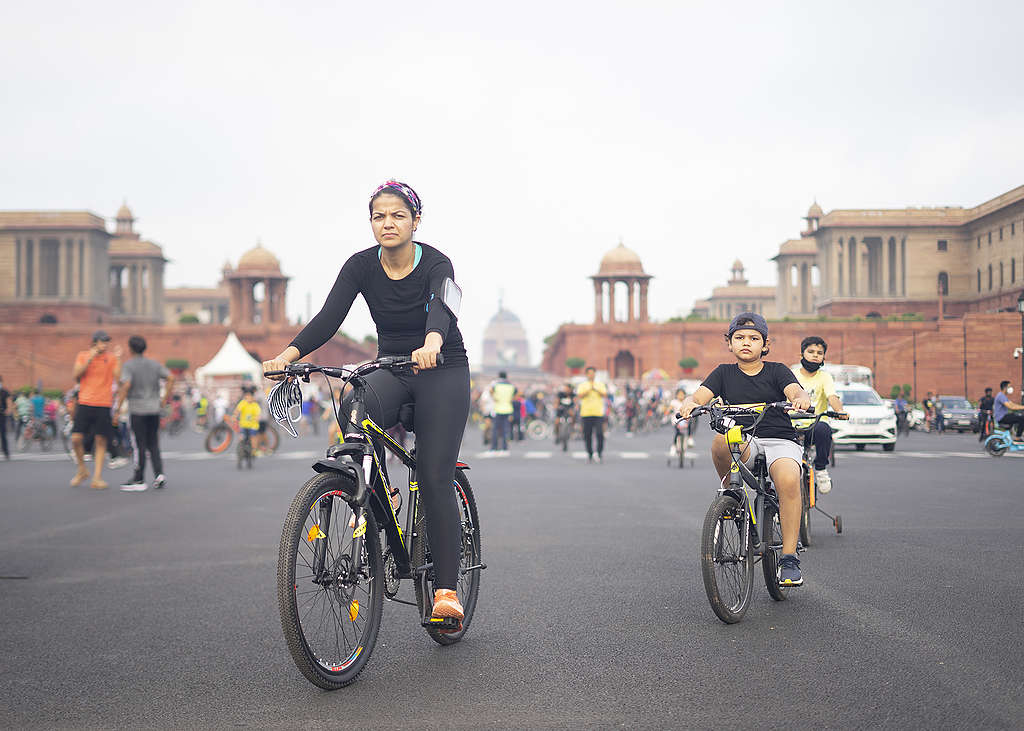“India cannot afford the world to move to 4 degree warming. The floods in northern India and the drought in Maharashtra are reminders that the very lifeline of our monsoon is under threat,” says Vinuta Gopal, Climate and Energy Campaign Manager.
The World Bank report states: ‘Significant increases in inter-annual and intra-seasonal variability of monsoon rainfall are to be expected. With global mean warming approaching 4°C, an increase in intra-seasonal variability in the Indian summer monsoon precipitation of approximately 10 percent is projected.’
Coal –a major threat
This significant change can be attributed to dependence on fossil fuels. “Fossil fuels are being extracted and burned in the name of development and prosperity but increasingly they are delivering the opposite. Any short-term economic gains will be of little value if climate change continues unchecked. It will roll back decades of development, trapping millions in poverty,” says Gopal. The report points out that energy security is expected to come under increasing pressure from climate-related impacts to water resources.
In an earlier Greenpeace report titled, ‘Monsoon Wager’ (2), it was stated that climate change is likely to bring about significant changes in the monsoon pattern. Rainfall will increase by 20 percent overall during summer monsoon. However, this increase would not be uniform. India depends on its thermal and hydro power plants for its energy needs.
“About 80 percent of its new power plants are coal-based and a severe drought like this year’s drought in Maharashtra can pose a serious challenge in providing adequate water for drinking, irrigation and for running coal-based thermal power plants,” adds Gopal. Greenpeace’s study on Vidarbha region of Maharashtra has already showed that upcoming power plants in the region will face water scarcity every few years, forcing them to shut down and risk power production.
Renewable Energy can help out
“Reining in investments in dirty fossil fuels and expanding renewable energy and energy efficiency will allow us meet our energy needs and give us our best chance of keeping global temperature increase below 2°C,” says Gopal and adds, “We expect the World Bank to lead the way now, by shifting 100 percent of its energy funding to renewables and energy efficiency. These are the solutions that will truly help the poor.” Gopal says that the government needs to step up their ambition on renewable energy by making the national target of 20 percent renewable energy generation by the year 2020. “The world needs to shift to clean energy at the earliest to achieve the two degree goal,” she concludes.
1. The World Bank commissioned report can be accessed at:
2. Monsoon Wager:
http://www.greenpeace.org/india/Global/india/report/2009/6/monsoon-wager.pdf
Also Check out, Powering Ahead on Renewables: Leaders and Laggards:
http://www.greenpeace.org/india/Global/india/report/2013/powering-ahead-with-renewables.pdf

Donate today or consider remembering Greenpeace in your Will.
